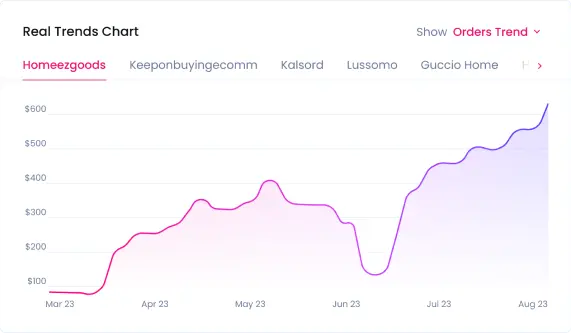How to Start Dropshipping for Free: The Beginner’s Essential Guide
Contents

Want to know how to start dropshipping for free? Simple—sell products without buying inventory upfront. You only pay when your customer pays. So, no money out of pocket.
It’s not magic, but it’s doable. We’ll show you exactly how to get started, step by step, without spending a cent. Let’s get to it.
Key Takeaways
- You can launch a free dropshipping store using platforms like Shopify or Sell The Trend’s free trial.
- Free tools like WooCommerce and AliExpress make it simple to start an online dropshipping business without upfront costs.
- Keeping customers happy is key to getting repeat business and growing your store.
- Sell The Trend helps you find trending products and trusted suppliers to boost your chances of success.
- Use free social media platforms like TikTok and Instagram to attract new customers without spending money.
Can You Start Dropshipping With No Money?
Yes, you absolutely can. Dropshipping is one of the few business models where you don’t need cash upfront to get started.
Since you don’t need to buy inventory or rent a warehouse, the big costs are out of the picture. Platforms like Shopify offer free trials, and there are free alternatives like WooCommerce that just require a WordPress setup.
The key is using free tools and resources:
- Suppliers like AliExpress and CJDropshipping let you source products without costs.
- For socamarketing, platforms like Instagram, TikTok, and Pinterest allow free promotion.
While you can start for free, to scale, you’ll eventually need to invest in tools or marketing. We’ll cover when and where to invest as you grow.
How Do You Start Dropshipping For Free?
You’ll need to find the right free tools, platforms, and methods to launch your free dropshipping store without any costs
1. Choose A Free eCommerce Platform (Yes, They Exist!)
To get started, you need a place to sell your products. Luckily, there are platforms that let you build an online store without paying upfront. Let’s explore some of your options:
1.1 SellShop (Free Trial)
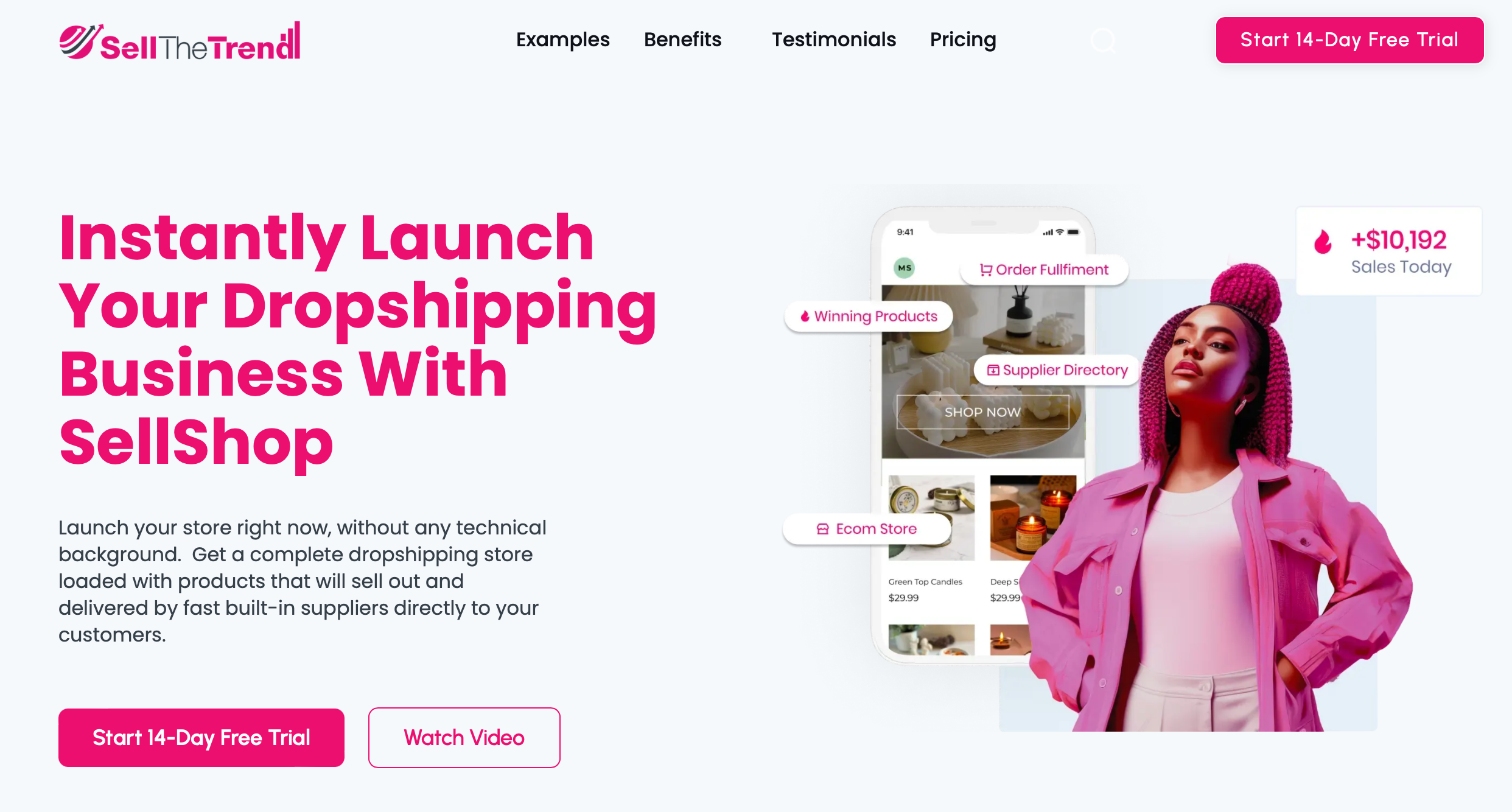
SellShop offers a 14-day free trial to launch your dropshipping store quickly, no technical experience required. You won’t need a credit card to get started, and the platform comes with pre-loaded winning products in your chosen niche. After the trial, though, you’ll need to upgrade to keep your store running.
To get started:
- Sign up for the 14-day free trial on SellShop’s website.
- Pick a niche (e.g., pets, fashion, electronics) and select a template that fits your brand.
- Customize your store with drag-and-drop tools—no coding required.
- Add pre-loaded winning products from built-in suppliers.
- Launch your store and start promoting it on social media or through built-in marketing apps.
1.2 Shopify
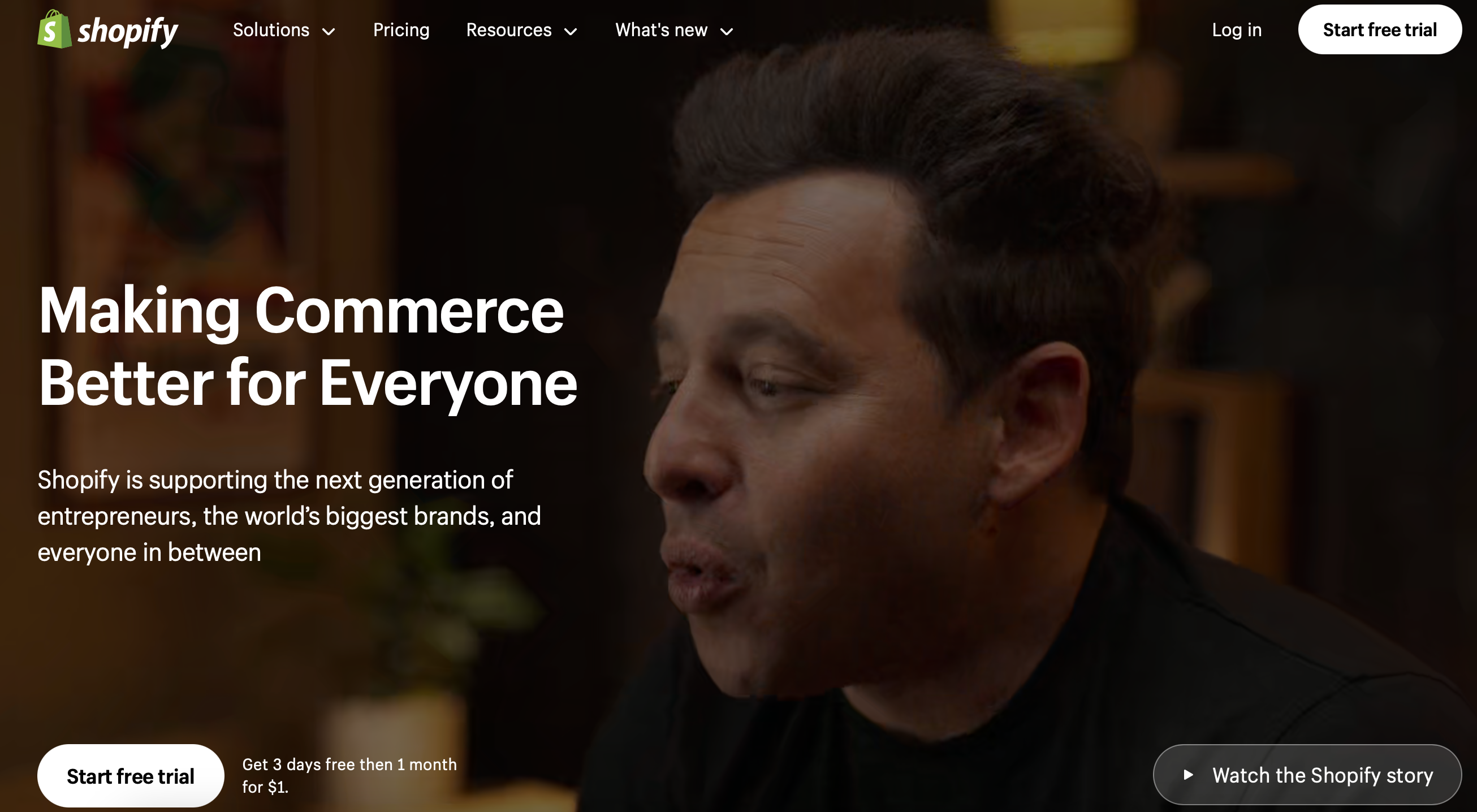
Shopify offers a 3-day free trial to set up your store and test things out. You won’t need a credit card to start, and you can easily build a store with their drag-and-drop tools. Just sign up, choose a theme, and start adding your products. After the trial, though, you’ll need to pay, so keep that in mind.
You can create a Shopify store with these simple steps:
- Sign up for a free trial on Shopify’s website.
- Choose a theme that fits your brand and customize it.
- Use the drag-and-drop tools to build your store without coding.
- Add products with descriptions, images, and prices.
- Set up payment options to accept customer orders.
- Launch your store and start marketing to attract buyers.
1.3 WooCommerce (Completely Free)
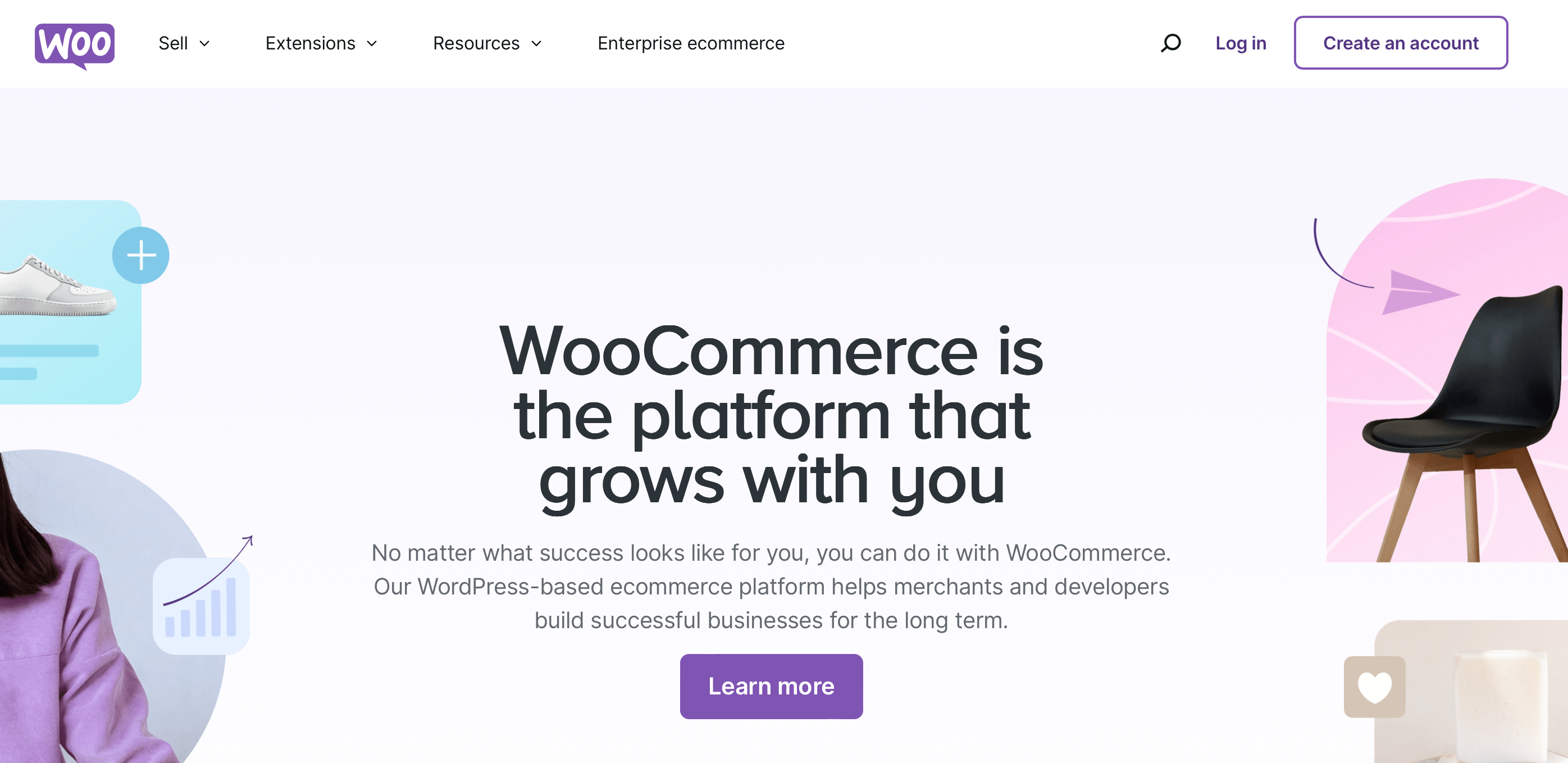
If you’re using WordPress, WooCommerce is your best bet. It’s a free plugin that turns your WordPress site into an online store. You’ll need to pay for hosting eventually, but the plugin itself is free, and there are tons of free themes and plugins to customize your store. Perfect if you’re okay with doing a bit more setup.
WooCommerce is easy to set up, here are the steps:
- Install WordPress and choose a hosting provider.
- Download and install the free WooCommerce plugin from the WordPress plugin directory.
- Follow the setup wizard to configure your store’s basic settings (currency, shipping, and tax).
- Choose a free theme to design your store’s layout.
- Add products by entering descriptions, images, and pricing details.
- Set up payment gateways to accept customer payments.
- Launch your store and start promoting your products.
1.4 Big Cartel (Free Plan)
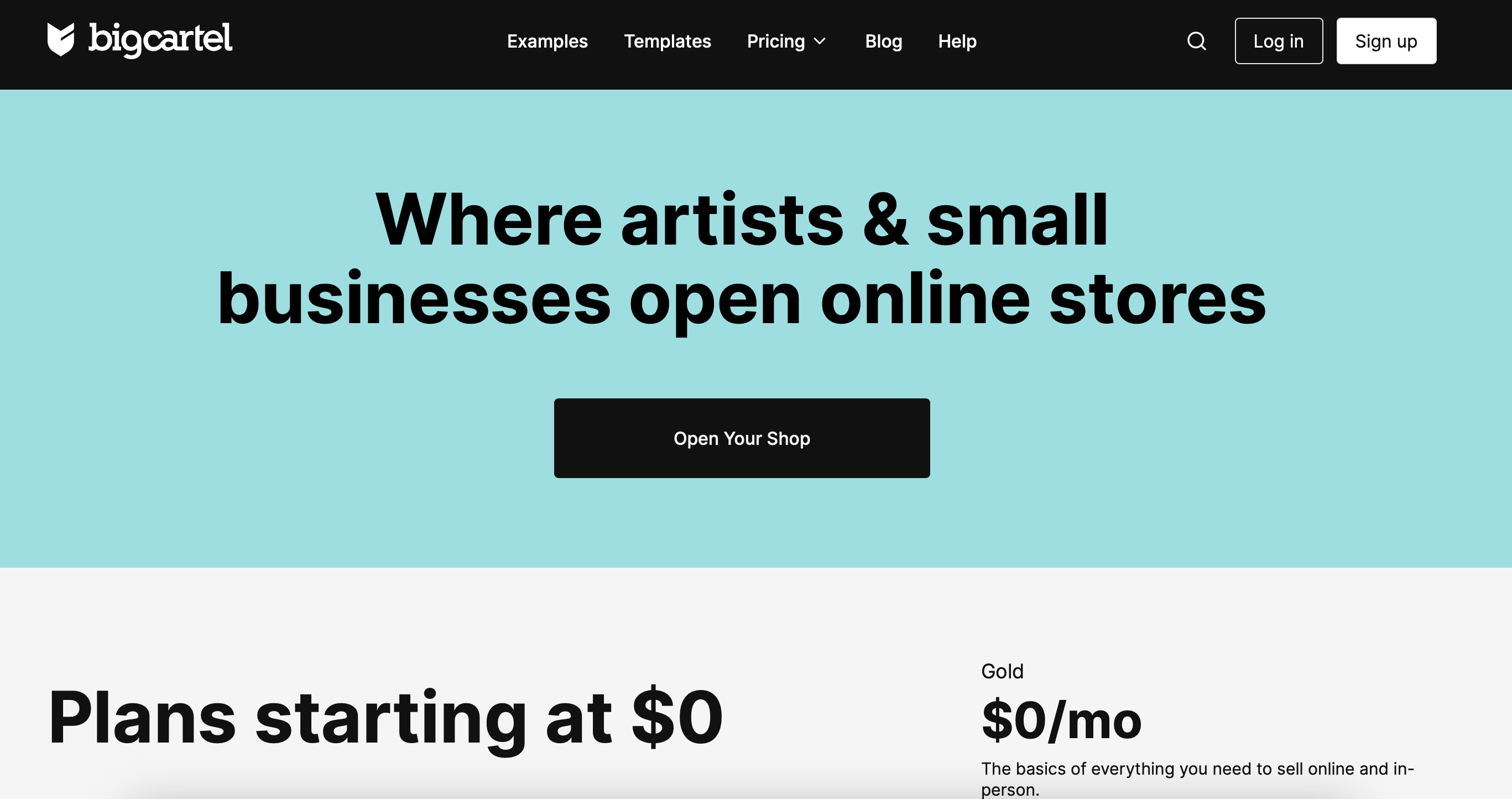
Big Cartel has a forever-free plan that lets you sell up to 5 products. It’s a good option if you want something simple without paying. No fancy features, but if you’re just testing the waters, this is a solid option. You can customize your storefront, add products, and start selling—all for free. Here’s how you create your online store in Big Cartel:
- Sign up for the free plan on the Big Cartel website.
- Choose a theme to design your store’s look and feel.
- Customize your storefront with colors, fonts, and layout options.
- Add up to 5 products with descriptions, photos, and prices.
- Set up your payment options to accept customer orders.
- Launch your store and start selling immediately without paying any fees.
2. Find Dropshipping Suppliers That Don’t Charge Fees
Once your store is set up, the next step is finding suppliers who won’t hit you with extra costs. The good news is, there are plenty of options that let you source products for free. Here’s how to find them:
2.1 AliExpress
AliExpress is a massive marketplace with millions of products, and it’s popular among dropshippers for a reason. You can start selling products directly from their site without any fees. Just find a product, add it to your store, and when a customer buys, you place the order on AliExpress. The supplier handles the rest. No membership costs, no upfront fees.
Pros:
- No membership fees or upfront costs, making it accessible for beginners.
- Wide selection of products from various categories with global shipping options.
Cons:
- Longer shipping times, especially if the supplier is overseas, which can frustrate customers.
- Product quality may vary since there are many suppliers, so you need to vet carefully.
2.2 SaleHoo (Free Resource)
SaleHoo offers a free supplier directory that helps you find suppliers who don’t charge any hidden fees. While they do have a paid option for deeper access to their directory, you can get started with their free version to find suppliers for dropshipping.
Pros:
- Offers a free supplier directory with no hidden fees for finding dropshipping suppliers.
- Allows access to verified suppliers, which ensures more reliable sourcing.
Cons:
- The free version provides limited access, and the full directory is behind a paid plan.
- Fewer product options compared to larger platforms like AliExpress.
How to choose:
- AliExpress: Best for a wide selection of products and no fees. Great for all platforms.
- SaleHoo: Perfect for finding fee-free suppliers and getting a mix of options.
3. Set Up Your Store Without Paying For A Domain
Getting your store online without paying for a domain is totally possible when you use the right platforms. You can get up and running quickly without spending money on hosting or domain names. Here’s how to do it:
3.1 Shopify Subdomain
When you sign up for Shopify’s free trial, you’ll automatically get a free subdomain like yourstore.myshopify.com. You won’t need to purchase a custom domain until you’re ready. This is perfect if you want to test the waters before fully committing. The free subdomain works perfectly fine for early sales.
3.2 WordPress + WooCommerce Subdomain
If you’re using WordPress and WooCommerce, some hosting providers offer free subdomains to get started. For example, WordPress.com gives you a free subdomain like yourstore.wordpress.com, which works well for new dropshipping stores. Later, you can upgrade to a custom domain when you’re ready.
3.3 Big Cartel Free Plan
Big Cartel’s free plan also provides a subdomain like yourstore.bigcartel.com, so you don’t need to pay anything to get your store live. It’s a great way to launch without worrying about domain costs, especially when selling a small number of products.
How to choose:
- Shopify: Get a free subdomain and test the platform during the trial period.
- WooCommerce: Use WordPress’ free subdomain to launch without costs if you prefer more control.
- Big Cartel: Perfect for small sellers looking to launch quickly and for free.
4. Create Free Product Listings That Actually Sell
Now that your store is set up, it’s time to add products. But it’s not enough to just list them—you need listings that catch attention and convert visitors into buyers. Here’s how to create product listings that actually sell, without spending any money:
4.1 Write Clear & Compelling Titles
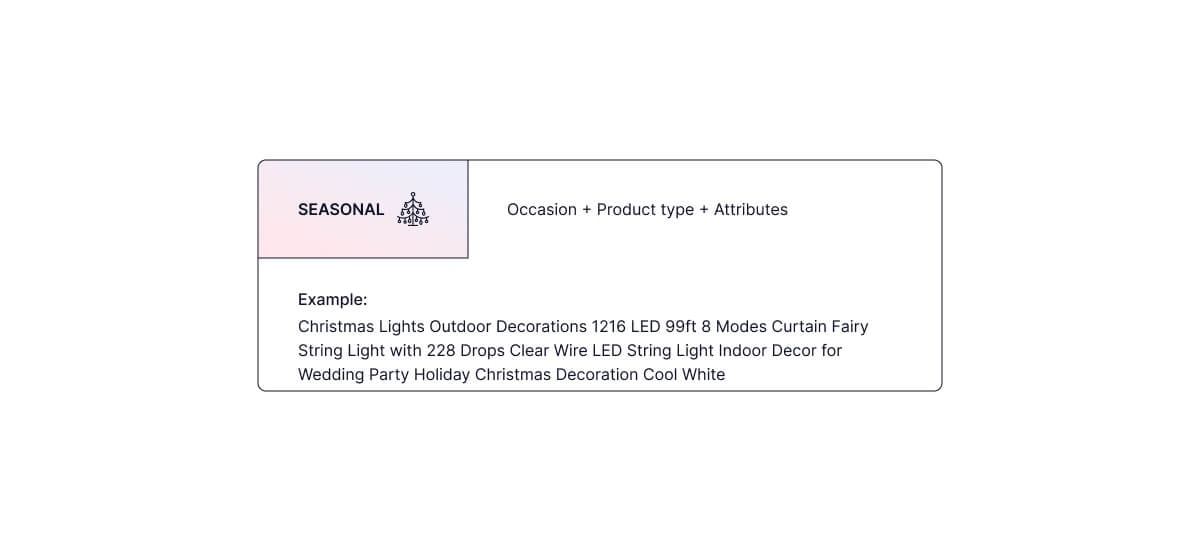
Your product title is the first thing people see, so make it count. Keep it simple but descriptive. Include key details that people care about, like material or main benefits. To make your product titles stand out:
- Include the product’s key feature or material in the title.
- Highlight the main benefit your product offers.
- Keep it short, clear, and easy to understand.
- Use keywords that your customers are searching for.
- Add any important details like size, color, or unique qualities.
4.2 Use High-Quality Product Photos (For Free!)
Images sell products. You don’t need to hire a photographer—many suppliers on AliExpress or Oberlo provide high-quality images you can use for free. Make sure the photos show the product from multiple angles and in use if possible. Clear, well-lit photos can make a huge difference.
Take a look at this product imported to a store with one click using Sell The Trend:
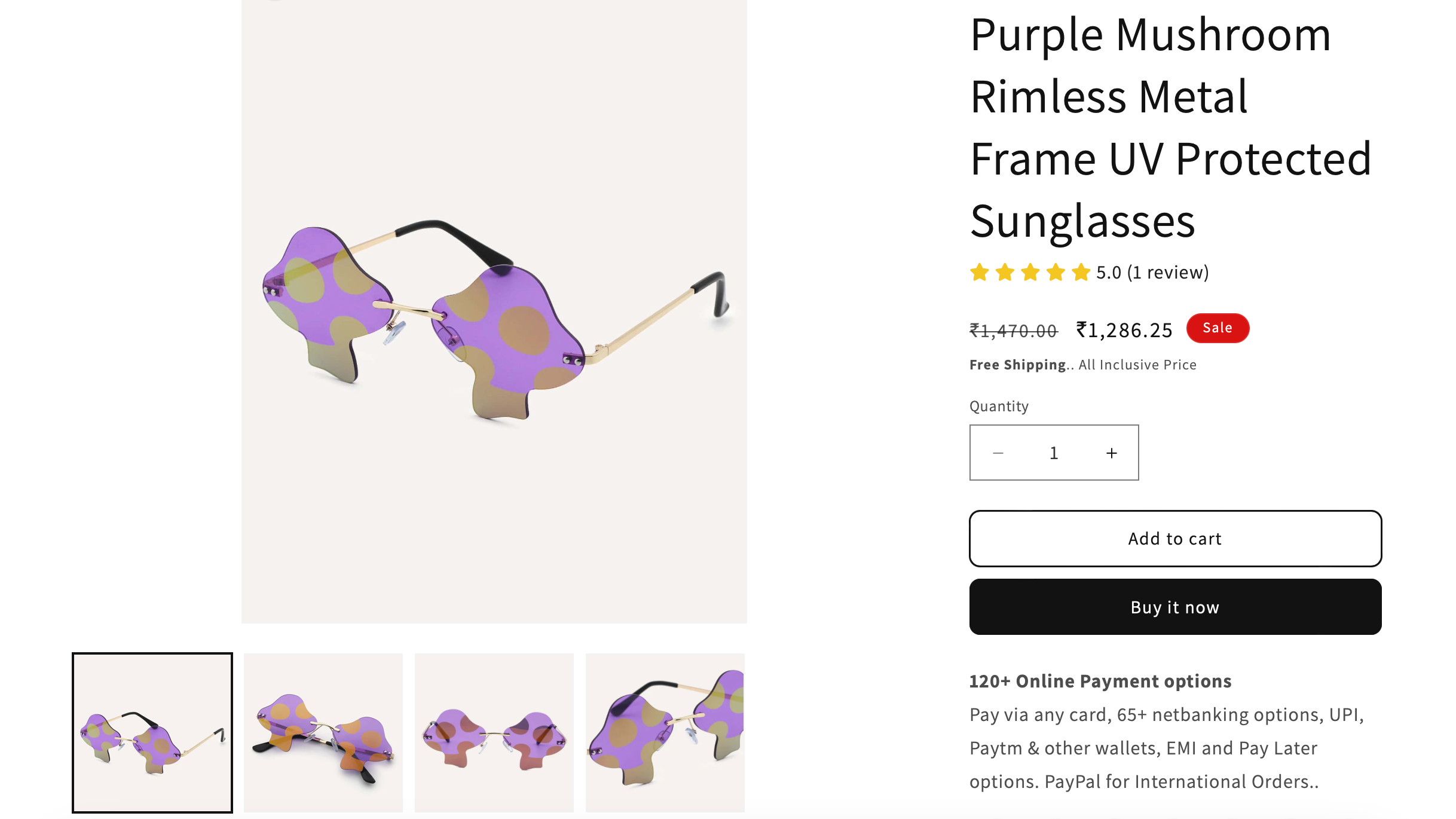
This high-selling product uses clear, well-lit images from multiple angles. It highlights the unique design and UV protection, helping customers see exactly what they’re getting.
4.3 Write Descriptions That Focus On Benefits
Your product descriptions should focus on what’s in it for the customer. Instead of listing features like “100% cotton,” explain how that benefits them. Focus on how your product solves a problem or improves their life. Here’s how:
- Emphasize comfort, ease of use, or convenience.
- Explain how product features translate into real-world benefits.
- Focus on what the customer gains by using the product.
4.4 Highlight Free Shipping Or Discounts
If your supplier offers free shipping, make sure to mention it in your listings. Buyers love seeing “Free Shipping” next to a product. If you’re running any promotions or discounts, display those front and center. Offering free shipping like “Buy One, Get One Free” or “20% Off Today” help push people toward buying.
4.5 Keep It Simple With Free Tools
You don’t need paid tools to make your listings great. Use free resources like Canva to create product images or banners, and Grammarly to check your spelling and grammar. Keeping things professional doesn’t have to cost a thing.
5. Use Social Media To Market Your Store For Free
Once your store is live and loaded with products, you’ll need traffic. The good news is, you don’t need to pay for ads to get people to your store.
Social media platforms are powerful (and free) tools to drive traffic and build your brand. Here’s how to market your store using social media for free:
5.1 Instagram
Instagram is great for showcasing your products through high-quality photos and videos. Create a business account and start posting product images, behind-the-scenes content, or customer testimonials.
Use relevant hashtags to increase visibility, and engage with your audience by responding to comments or messages. Don’t forget to use Instagram Stories and Reels to grab attention quickly.
With Instagram, you can easily promote products using Reels, like SellTheTrend does, to showcase trending items and drive traffic through visual content.
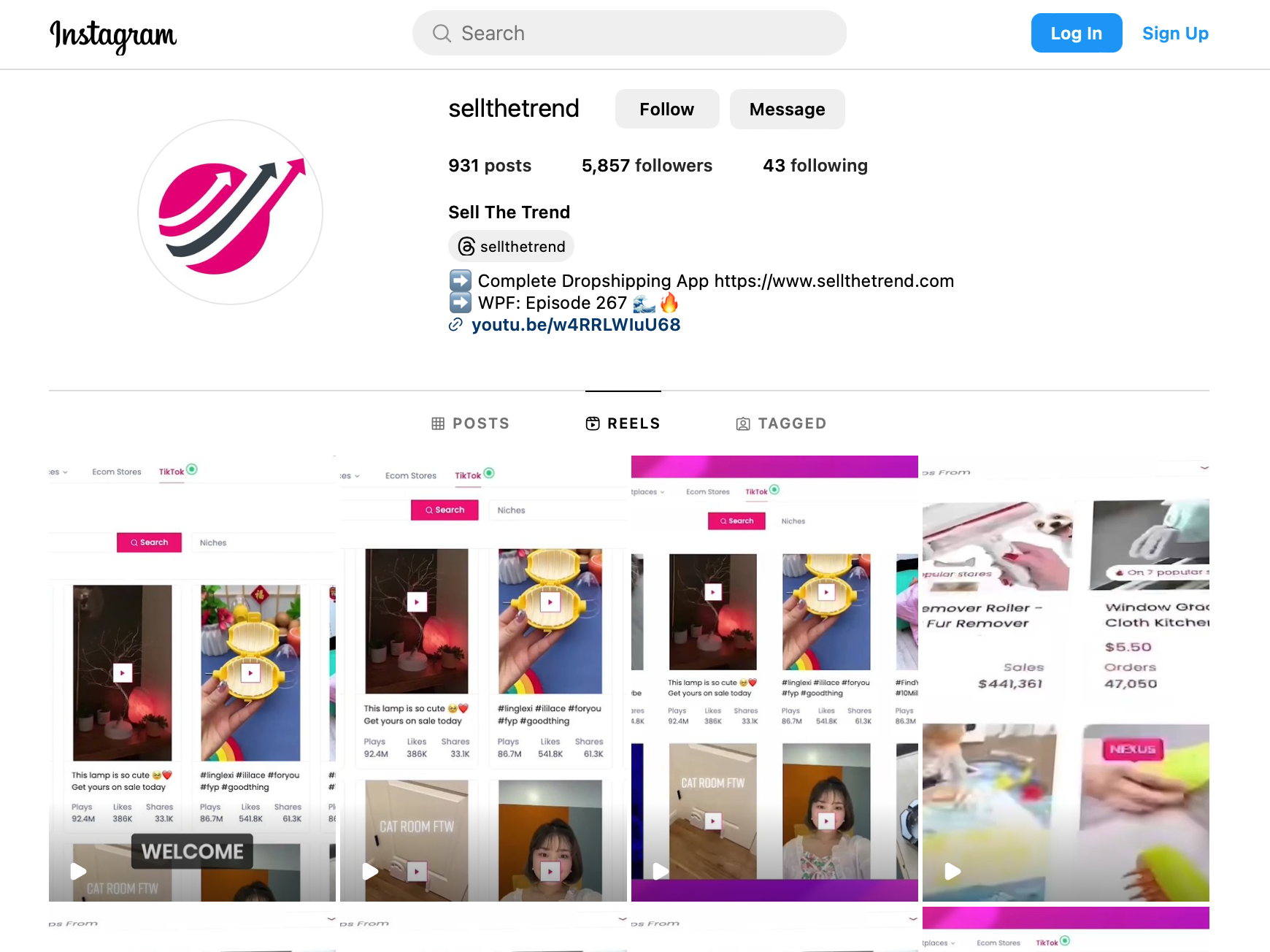
It’s all free, and you can even add links to your products in your bio or stories if you reach 10K followers.
5.2 TikTok
TikTok’s viral nature makes it perfect for free marketing. Post short, engaging videos of your products in action, tutorials, or even funny content related to your niche.
The platform is all about creativity, so think outside the box to capture attention. TikTok’s algorithm favors new content creators, so it’s easier to get noticed even without followers. Plus, you can include a link to your store in your bio.
5.3 Pinterest
Pinterest is like a visual search engine, and it’s a great way to market your products organically. Create “pins” featuring your products, and make sure to link them directly to your product pages. Eye-catching images work best here, so use free tools like Canva to design your pins.
Bonus: Pinterest posts have a long shelf life compared to other platforms, meaning your pins can keep driving traffic for months.
5.4 Facebook Groups
Joining niche-related Facebook groups can give your store more visibility. Share valuable content related to your niche (without being overly promotional) and engage with the community. Over time, you can introduce your products naturally by answering questions or offering helpful suggestions. Some groups even have designated days where you can post your business links.
5.5 Influencer Collaborations (For Free!)
You don’t need to pay influencers to get exposure. Reach out to micro-influencers in your niche—those with 1K–10K followers. Offer them free products in exchange for a shoutout or review. This approach can get you free promotions without spending on ads.
6. Handle Orders and Shipping Without Upfront Costs
Once your marketing brings in customers, it’s time to handle orders and shipping. The beauty of dropshipping is that you don’t need to pay for inventory upfront, and the same goes for shipping. Here’s how you can manage it without spending any money:
6.1 Use Your Supplier To Fulfill Orders
When a customer places an order in your store, you simply go to your supplier (like AliExpress or another dropshipping supplier) and purchase the item.
The supplier takes care of packing and shipping the product directly to your customer. You don’t pay for the product until the customer has already paid you, so you’re never out of pocket.
6.2 Communicate Shipping Times Clearly
One thing to keep in mind with dropshipping is that shipping can take longer, especially if your supplier is overseas. Be upfront with your customers about delivery times to manage their expectations. You can mention this in your product listings or during checkout. Most customers are okay with longer shipping times as long as they know ahead of time.
6.3 Offer Free Shipping
Many suppliers, especially on AliExpress, offer free shipping as part of their service. Make sure to highlight this in your store. Even if the shipping takes longer, the words “Free Shipping” can be a huge selling point.
If your supplier doesn’t offer free shipping, factor that cost into your product price to still offer it as a benefit to your customers.
7. Keep Track Of Your Profits (With Free Tools)
Managing your finances is crucial when running a dropshipping business, but the good news is you don’t need expensive software to do it. You can track your profits and expenses using free tools, helping you stay on top of your business without paying a cent. Here’s how:
7.1 Google Sheets Or Excel
You don’t need fancy accounting software to keep track of your sales and profits. A simple Google Sheet or Excel spreadsheet can do the trick.
Create a sheet to log your sales, product costs, shipping fees (if any), and any other expenses. Subtract your costs from your sales to get your profit. You can also set up formulas to automate calculations for you, making it easy to update.
7.2 Shopify & WooCommerce Reports
If you’re using platforms like Shopify or WooCommerce, they offer built-in reporting features. These reports let you track your total sales, order volume, and customer insights—all for free. You can see which products are selling best, track repeat customers, and get a quick overview of your profits. It’s an easy way to manage finances without needing external tools.
7.3 Wave Accounting (Free Software)
If you want something a bit more advanced, Wave Accounting is a free option. It’s a cloud-based tool that allows you to track sales, expenses, and profits in one place.
You can connect your bank account to automatically import transactions and even generate financial reports like profit and loss statements.
It’s perfect for dropshippers who want to keep things organized without paying for premium accounting software.
8. Leverage Free Trials For Advanced Features (No Commitment)
When you’re just starting, you can make the most of free trials to access premium features without spending any money.
Many platforms and tools offer limited-time trials that allow you to explore advanced features, helping you improve your store and operations without committing to a subscription. Here’s how to take advantage of them:
8.1 Sell The Trend (14-Day Free Trial)
Sell The Trend offers a 14-day free trial that gives you access to its NEXUS Product Research Tool, allowing you to discover trending products and analyze competition with advanced data. You can also use its automated order fulfillment and product import features to streamline your store operations without upfront costs.
8.1 Shopify (3-Day Free Trial)
Shopify gives you access to all its premium features during its 3-day free trial. You can test different themes, add apps to automate your business, and set up payment gateways without paying upfront.
This is a great way to get a feel for advanced eCommerce tools and decide if Shopify is the right long-term fit for you.
8.2. Email Marketing Tools (Mailchimp)
Platforms like Mailchimp offer free plans with limited features. However, many email marketing tools provide free trials of their premium services, giving you access to advanced automation, analytics, and larger contact lists.
You can use these trials to build your email campaigns, create automation, and analyze performance—then decide later if you need to upgrade.
9. Use Free Design Tools To Build A Professional Brand
Building a professional-looking brand doesn’t have to cost you anything. With the right free tools, you can create logos, banners, and product images that make your store look polished and trustworthy. Here’s how to do it without spending a dime:
9.1 Canva (Free Plan)
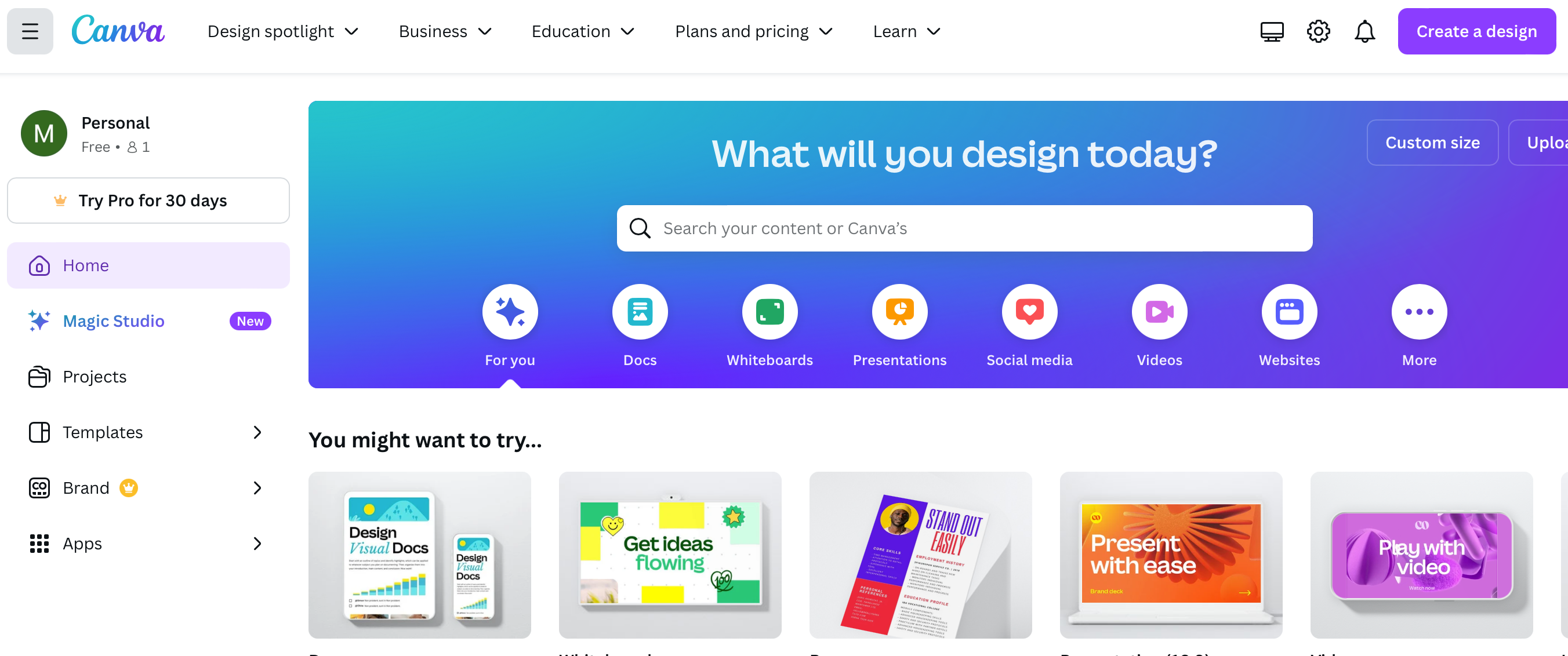
Canva is your go-to tool for creating everything from logos to social media graphics. The free version offers plenty of templates, fonts, and design elements that you can easily customize to match your brand’s style.
Want a professional-looking logo? Canva has free templates where you can create one in minutes. Need a product banner or marketing materials? Canva’s drag-and-drop editor makes it super simple.
9.2 Hatchful By Shopify (Free Logo Maker)

Even if you’re not using Shopify, you can still use Hatchful, their free logo maker. It’s quick and easy—just input your business name, choose your industry, and select from different logo designs. You can tweak the colors and fonts to match your brand and download the logo for free. A polished logo can instantly make your store look more legitimate.
10. Engage Customers With Free Email Marketing Services
Email marketing is one of the most effective ways to keep customers engaged and drive repeat sales—and you can do it for free! With free email marketing tools, you can send newsletters, product updates, and promotions to your customers without any upfront costs. Here’s how:
10.1 Mailchimp (Free Plan)
Mailchimp offers a free plan that allows you to send up to 10,000 emails per month to 2,000 contacts. It’s perfect for small businesses just starting out. You can easily design email campaigns using their drag-and-drop editor and automate follow-up emails for new customers. Plus, you get access to basic analytics to track your open rates and click-throughs, helping you see what works.
5.2 Brevo (Free Plan)
Brevo is another great option for free email marketing. Their free plan lets you send 300 emails per day, and you can create beautiful email campaigns with their simple editor. You also get access to some automation features, like setting up a welcome email series for new subscribers. It’s ideal if you want to start engaging your customers right from the beginning.
5.3 Moosend (Free Plan)
Moosend offers unlimited emails to up to 1,000 subscribers on their free plan. You can build detailed email campaigns with easy-to-use templates, set up automation like abandoned cart reminders, and even segment your audience to target specific customer groups. Moosend also provides detailed reporting so you can track how well your campaigns perform.
11. Optimize Your Store For SEO Without Spending A Penny
Getting your store to rank on Google is key to driving free, organic traffic. Fortunately, you don’t need to invest in expensive search engine optimization tools to get started. By using free resources and best practices, you can optimize your store for search engines without spending a cent. Here’s how:
11.1 Use Yoast SEO (Free Plugin for WordPress/WooCommerce)
If you’re using WordPress and WooCommerce, Yoast SEO is a must-have plugin. The free version helps you optimize your product pages, blog posts, and meta descriptions. It provides easy-to-understand suggestions, like improving keyword usage, writing meta descriptions, and optimizing content readability. It’s like having an SEO coach built into your site.
11.2 Optimize Your Product Titles & Descriptions
Make sure your product titles and descriptions include relevant keywords that customers are searching for. You can use tools like Ubersuggest or Google’s Keyword Planner (both free) to find keywords related to your products. For example, if you’re selling “organic cotton t-shirts,” make sure to use that phrase naturally in your title and description to boost your ranking.
11.3 Improve Your Website Speed
Search engines love fast-loading websites. Use free tools like Google PageSpeed Insights to check how quickly your site loads and get suggestions on how to improve. For Shopify users, installing the right theme and keeping your product images optimized (using free tools like TinyPNG) can drastically improve speed. Faster websites rank higher and provide a better user experience.
11.4 Build Free Backlinks
Backlinks from reputable sites can improve your SEO rankings. Start by submitting your store to free business directories or partnering with bloggers and influencers for free product reviews. You can also guest post on industry-related blogs, with a link back to your store in the bio or article. All these links can help boost your search ranking over time.
11.5 Optimize for Mobile
Most online shoppers are browsing on their phones, and Google prioritizes mobile-friendly websites. Ensure your store is mobile-optimized by using responsive themes (most free Shopify and WooCommerce themes are mobile-friendly). Test your site’s mobile performance using Google’s Mobile-Friendly Test tool, which is free and gives you tips on improving your mobile layout.
12. Analyze Performance Using Free Analytics Tools
Tracking how your store is performing is key to understanding what’s working and where you need to improve. Thankfully, you don’t need expensive tools to get this done. Free analytics tools provide powerful insights into your store’s traffic, sales, and customer behavior. Here’s how to use them:
12.1 Google Analytics
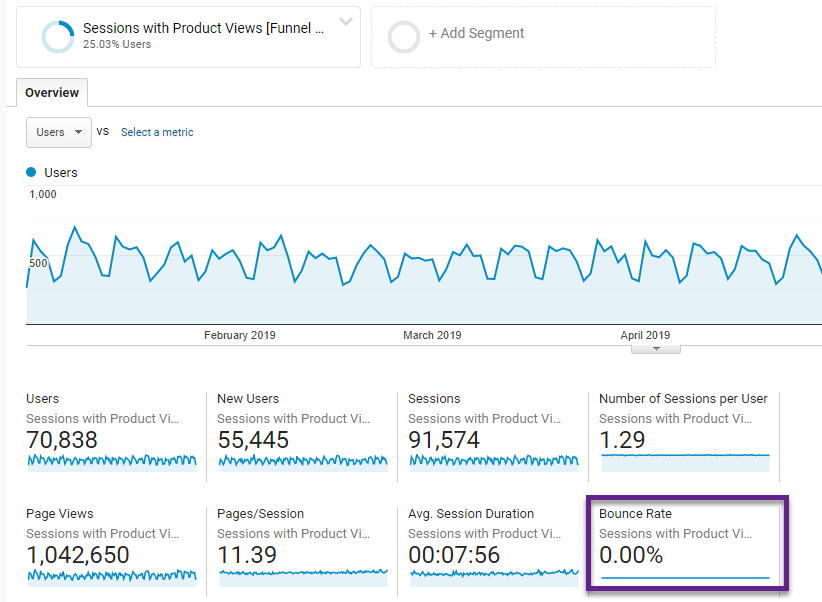
Google Analytics is the gold standard for tracking website performance, and it’s completely free. You can track how many visitors come to your store, where they’re coming from, which pages they visit, and how long they stay.
It also shows you conversion data—so you know which products are driving sales. To get started, simply install Google Analytics on your site (Shopify and WooCommerce make this easy with plugins or direct integration).
12.2 SellShop, Shopify Or WooCommerce Reports
If you’re using SellShop, Shopify or WooCommerce, both platforms offer built-in reporting tools. These free reports give you insights into sales performance, customer behavior, and product trends. You can view detailed reports on total sales, average order value, and which products are your best sellers. It’s an easy way to keep an eye on key metrics without needing external tools.
12.3 Facebook & Instagram Insights
If you’re promoting your products on social media, both Facebook and Instagram offer free analytics tools. These insights show you how well your posts are performing, which content is driving the most engagement, and the demographics of your audience. You can use this information to adjust your social media strategy and see what types of content lead to sales.
How To Start Dropshipping For Free: FAQs
Here are some quick answers to common questions about starting your successful dropshipping business without spending money
1. How Can A Beginner Start Dropshipping?
A beginner can start dropshipping by selecting a niche, choosing an eCommerce platform like Shopify or WooCommerce, and finding reliable suppliers from sites like AliExpress, or Sell The Trend.
Set up your free online store, import products, and focus on marketing through free channels like social media to start driving traffic. Make sure to track performance and tweak your strategy as you go.
2. Can You Start Dropshipping With $500?
Yes, you can start dropshipping with $500. You can use free or low-cost platforms to launch your store, and budget the rest for initial marketing efforts like Facebook or Instagram ads. Many tools and services offer free trials, so you can use them to get started without exhausting your budget.
3. Can I Start Dropshipping With $100?
Yes, you can! In fact, you can start dropshipping for free by using platforms that offer free trials, no-cost eCommerce solutions, and organic marketing strategies like social media. If you have $100, you can stretch that budget by investing in paid tools or ads to scale faster, but it’s totally possible to start with no upfront costs and rely on free resources initially.
4. Is It Hard To Make $10k A Month Dropshipping?
Making $10,000 a month dropshipping is achievable, but it takes time, effort, and a solid strategy. You’ll need to find winning products, optimize your marketing campaigns, and possibly reinvest your earnings into paid ads. It won’t happen overnight, but with persistence and the right approach, it’s possible to scale your online stores to that level.
5. What Is A Good Starting Budget For Dropshipping Online Business?
A good starting budget for your own dropshipping business is typically between $200 to $1,000. This should cover your eCommerce platform fees, product testing, and initial marketing campaigns. By leveraging free tools and organic social media marketing, you can stretch your budget further while still testing your product-market fit.
Conclusion
As you start your dropshipping business, remember that customer satisfaction is key to turning potential customers into loyal buyers.
Focus on providing great service and building trust, which will lead to repeat business. It’s not just about making sales, but about growing a lasting online dropshipping business. Keep this in mind as you move forward.



